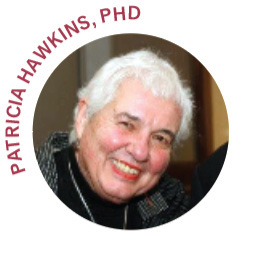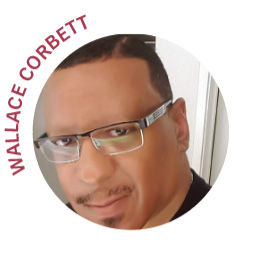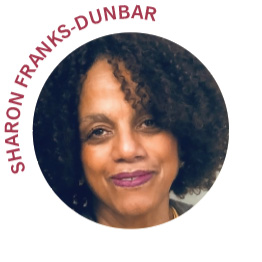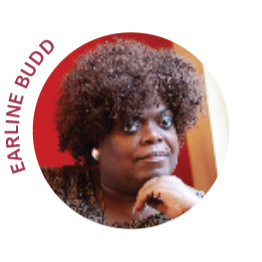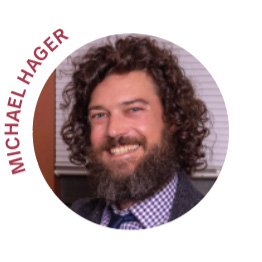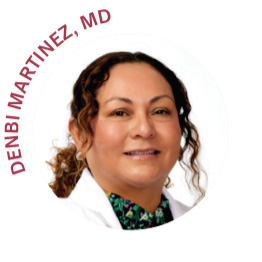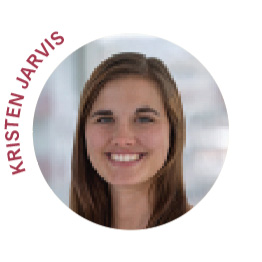People age 50 and older represent a growing number of people living with HIV (PLWH) in the U.S. Of the estimated 1.3 million PLWH, more than half are age 50 or older. By 2030, that percentage is expected to reach at least 70%. People over age 50 account for 10% of all new HIV diagnoses every year.
Yet, many PLWH over age 50 feel left out, unseen, and overlooked by the healthcare system and the communities around them. “The focus is on youth—in PrEP, TV ads for new meds, prevention and testing campaigns. Everybody is young,” says Maureen Deely, 62, a registered nurse certified by the Association of Nurses in AIDS Care (ANAC) and an HIV educator for 32 years who has been living with HIV since 1986.
Patricia Hawkins, PhD, 82, is a psychotherapist working in the LGBTQ+ community for 50 years; she cared for abandoned, gay men dying of AIDS in the ’80s and ’90s. For seniors aging with HIV, Hawkins says that the lack of support from younger members of the LGBTQ+ community “makes them more isolated and less safe.”
Friends lost to AIDS in large numbers combined with family and friends who are now dying of old age mean that many PLWH seniors lack the human safety net that previous generations had. “Ending the epidemic” has led to “ignoring the aging” in the eyes of many seniors. While they fully support the former, they find the latter inexcusable.
What has been done so far?
Medical efforts focused on the needs of aging PLWH began over a decade ago with the 2011 publication of Recommended Treatment Strategies for Clinicians Managing Older Patients with HIV. Sponsored by the American Academy of HIV Medicine and the AIDS Community Research Initiative of America with support from the American Geriatrics Society, the report helped lead efforts in developing clinical guidance in treating people aging with HIV.
More recently, community-based actions include The Reunion Project formed in 2015, release of The San Francisco Principles following the 2020 International AIDS conference and The Glasgow Manifesto issued at HIV Glasgow 2022 (See November+December 2022).
Two major federal initiatives address senior PLWH care and need community input: the Federal Implementation Plan of the National HIV/AID Strategy for 2022–2025 and “Optimizing HIV Care for People Aging with HIV” from HRSA’s Ryan White HIV/AIDS Program (See PLWH input is essential to effective care planning).
Meantime, effective care for aging PLWH lags well behind medically-defined targets and falls far short of patient-identified expectations.
Patient participation is essential to effective care
The doctor-patient relationship should be a mutually respectful, cooperative partnership based upon two-way communication that is clear, open and complete.
Advancing age only increases the importance of regular medical care. Co-existing conditions such as hypertension (high blood pressure), hyperlipidemia (high cholesterol), diabetes and others are increasingly common. Forms of neuropathy can result from long-term presence of the virus or as a side effect of HIV meds. Arthritis; eye health issues including macular degeneration, glaucoma and cataracts; hearing loss and other challenges require screening and treatment if detected.
“Care for yourself!” says Wallace Corbett, 62, an HIV survivor since 1986, and former chair of the Metropolitan Washington, D.C. Ryan White Planning Council. He adds, “living with HIV speeds aging so that age-related conditions appear earlier” as reasons to “make sure you get the regular care you need.”
Sharon Franks-Dunbar, also a former member of the D.C. planning council who regularly helps people in need, has lived with HIV for 25 years and has overcome multiple other health challenges. At 73, her determination has helped keep her alive and healthy, which is why she advises others to “determine which doctor works for you; not every doctor works for every person. A doctor has to feel you... [they must] have empathy, not sympathy.” When it comes to labs, she urges people to “pay attention and ask questions when the doctor goes over them.” It’s important to review all lab results, she says. “All of them are important or they would not be there. Some are critical to your health.”
People can increase their chances for successful care by providing doctors with specifics of past illnesses, surgeries and current conditions, with dates for each. Also mention vaccinations and dates received, current medications with dosage and frequency for each and family medical history, which may point to possible future health issues to monitor.
Earline Budd, 64, a long-term HIV survivor and executive director of Empowering the Transgender Community, based in D.C., says aging with HIV in the transgender community varies greatly. She cites personal determination and discipline as the keys that make a difference. An informal group of transgender women over 50 who call themselves “The Golden Girls,” support and reinforce each other to make positive choices and enjoy life. They share a common goal to be medically adherent by keeping appointments, getting labs and taking meds and to keep their housing, food and support services stable. In a society where stigma and threats of physical violence against transgender women are far too common, this sisterhood creates greater strength and security to forge ahead.
Doctor-patient relationships thrive on openness and trust
Michael Hager, a PLWH working with quality improvement in HIV care, especially among Ryan White providers, for more than 17 years, described “patient activation,” a process in which individuals progress from being a passive patient to being actively in charge of their own treatment. Hager outlined the four levels of patient activation:
- Listen and absorb information.
- Bring questions and topics to discuss at your appointment.
- Hear what your care provider says, ask questions, discuss, then choose your course of action.
- Stay on the course of treatment, even when under stress.
“Treat each individual as a unique case” says the individualized patient care style of Denbi Martinez, MD, clinical director for the AIDS Healthcare Foundation’s clinic in Falls Church, Virginia: “Everybody is different with their own needs, culture and diet.” A 19-year veteran of HIV medicine, she seeks out information by asking, “tell me about...” instead of saying, “You need to….” Martinez promotes better health by asking for gradual modifications rather than ordering abrupt change
What kind of care works best?
Whole-person care is a patient-centered approach, coordinating physical, behavioral, emotional and social services to address all aspects of a person’s well-being, optimizing medical outcomes while respecting an individual’s treatment choices.
Under the medical home model, a medical provider oversees whole-patient care. A comprehensive initial assessment informs a treatment plan—primary and HIV care that includes regular doctor visits, labs and prescriptions that are provided and filled. Additional services may also be provided or referrals made.
Kristen Jarvis, senior manager of medical adherence nursing at Whitman Walker Health in D.C., with 12 years of experience in HIV care, describes her department as a team that includes non-medical care navigators, public benefits counselors and facilitators who refer patients to external specialty care, all in support of the care plan developed by staff physicians.
Teamwork yields success
Patients have every right to expect:
- providers to maintain a responsive, respectful process and environment.
- physicians and other caregivers to understand their needs, help them make sense of unfamiliar terms and conditions, guide them in making choices and treat them respectfully throughout.
Patients have a responsibility to fulfill very important duties:
- provide full and accurate information to doctors at all times;
- follow doctors’ orders and take meds as directed;
- advise doctors of any problems with meds or treatments as soon as possible;
- keep appointments and show up on time.
Patients and doctors are a team that is most successful when both do their jobs well.
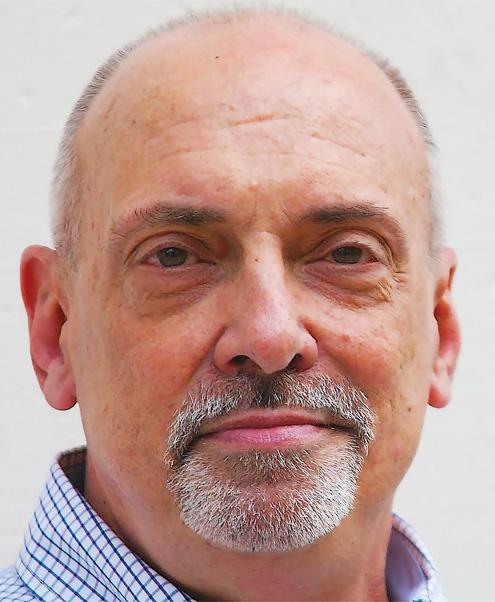
Mark Fischer (he, him), a retired educator and business executive, has lived with HIV since 1986. As past co-chair of the Metropolitan Washington, D.C. Ryan White Planning Council, he has provided technical assistance to other Ryan White planning councils to strengthen their PLWH participation, and is committed to empowering communities through training and mentoring. Mark and his husband live in Washington, D.C.
PLWH input is essential to effective care planning
Seniors aging with HIV must have a place at the table, fully equal with funders, policy makers and providers to identify needs and create care delivery systems suited to serving senior PLWH.
Two major federal initiatives in support of senior HIV care are on the table and ripe for community engagement. Now is the time to work for change.
- Objective 2.5 of the 2022–2025 NHAS Federal Implementation Plan is to “expand capacity to provide whole-person care to older adults with HIV and long-term survivors.”
- The Ryan White HIV/AIDS Program’s “Optimizing HIV Care for People Aging with HIV” reference guide outlines a Geriatric Multidisciplinary Approach to Health Care that can be incorporated into existing HIV care systems while balancing quality of life with medical necessity.
Individual volunteers change lives
Community-based service organizations and individual volunteers are well suited to respond to loneliness and other quality of life issues. One-on-one interaction yields the best results in finding individuals in need, assessing their challenges, determining the best ways to meet them and provide ongoing assistance. Agencies for the aging and other care organizations may be engaged to provide services and fund volunteer efforts. However, human contact is irreplaceable for people who feel isolated and vulnerable. Community groups that investigate and assess needs are best equipped to advocate for and secure government support.



